In Dungeons & Dragons, most encounters with monsters are resolved through fighting. When combat begins, the actions that a player can do on their turn suddenly become finite. This means that a character can only do specific things in the space of one turn, all of which are kinds of actions broken into specific categories. A new player might think they can only run around and swing a sword, but there are many things that even a level 1 character can do when it’s their turn.
Related: Dungeons & Dragons: New Player Guide To Fighters
DnD: What Can You Do In A Combat Round?
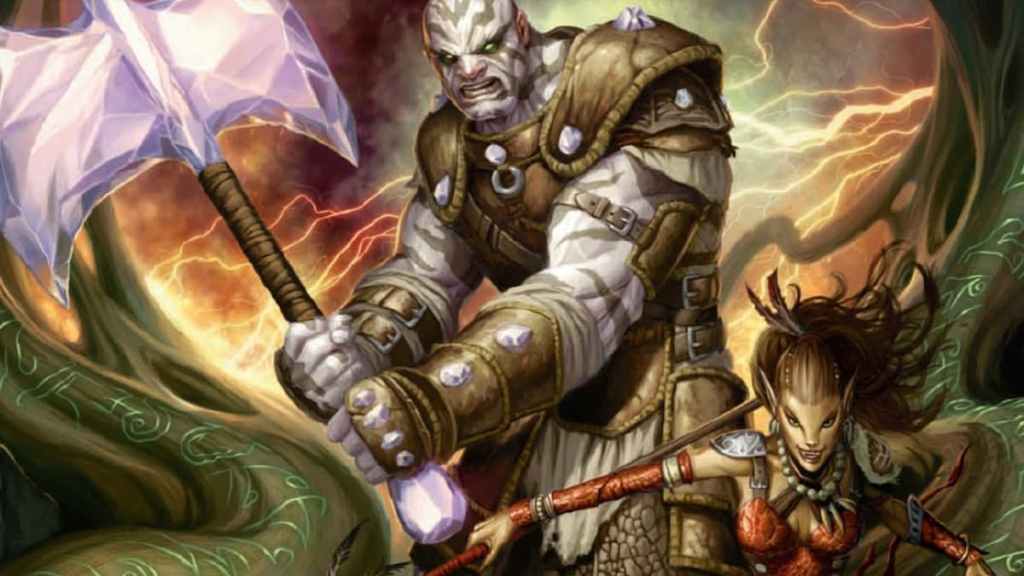
The D&D Player’s Handbook has an extensive section on combat and how actions work, but the basic rundown of what your character can do in a turn goes as follows:
- Take an Action – Most of the things you do in battle fall under this category, such as attacking a foe, casting a spell, or drinking a potion.
- Moving your character – It’s possible to maneuver across the battlefield, but this comes with its own risks.
- Taking a Bonus Action – Some small actions, known as Bonus Actions, can be taken in addition to an Action, though there are limits on what the character can accomplish with these in one turn.
- Using a Reaction as a response – Characters can also react to things happening in combat, though this only kicks in under certain circumstances and can only be done once per turn.
DnD: What Is An Action?

When a fight begins in a D&D game, the most common thing that will happen is characters and enemies performing an Action. These involve everything from swinging a weapon, using magic, pouring a potion down an ally’s throat, or cutting the cord holding up a rope bridge. A D&D character can only perform one Action per turn, unless stated otherwise, such as through the Fighter’s level 2 Action Surge ability.
These are the most common things a player or an NPC will spend their Action on during their turn.
- Attack – You can perform a melee or ranged attack using a weapon or fighting unarmed if there is nothing to hand. As the martial classes level up, they can perform multiple Attacks during their turn.
- Cast A Spell – Most of the spells in D&D require an Action to cast, with most combat-focused magic spells, like magic missile and fireball requiring a character’s Action.
- Drinking A Potion/Pouring A Potion Down Someone’s Throat – This involves the Use an Object Action and is most commonly used with a Healing Potion to save someone’s life.
- Disengage – This lets the character move without provoking an Attack of Opportunity.
- Dash – This lets the character move twice during their Speed value during the turn.
- Hide – In most cases; the DM will let the player make a Dexterity (Stealth) check to avoid being seen. If it succeeds, then they get Advantage on their next attack against a foe that is unaware of their presence.
- Help – If an ally attempts an ability check on their turn, you give them Advantage on the roll.
- Ready – This lets you prepare your Reaction (described below) to respond to something that will happen later in the turn, such as attacking the next enemy that runs into the room.
DnD: How Does Movement Affect Actions?
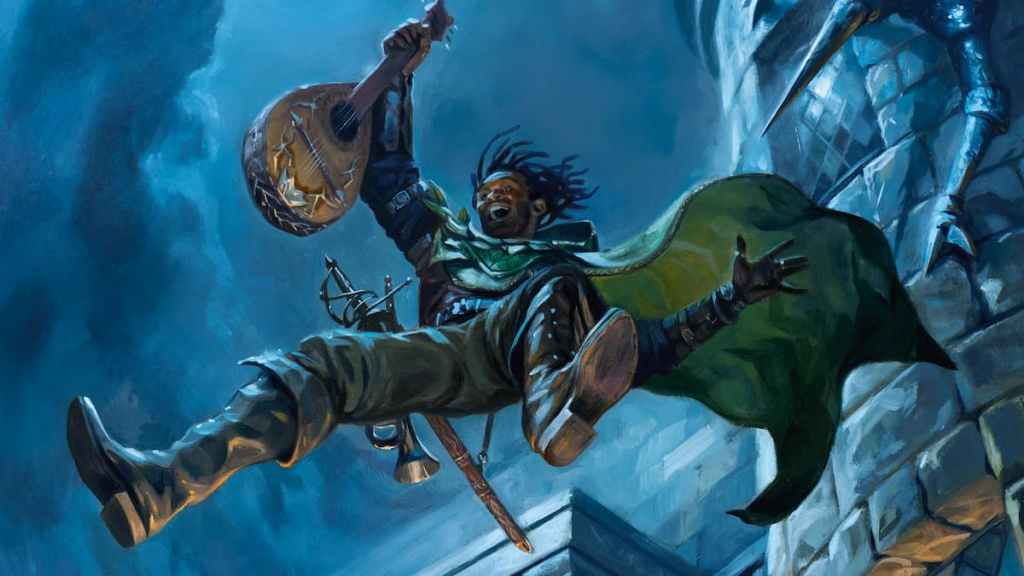
In D&D 5E, a character can move up to their maximum Speed during their turn, which is a number that’s usually determined by their race. If the group uses a battle map, the squares on the map usually equal 5ft each, so if a character’s maximum movement speed is 30ft, they can move six squares on the map.
If a character moves across an area classed as Difficult Terrain, such as wet mud or an icy surface, then it costs double the movement. This means that a character who usually has a Speed of 30ft can only move 15ft across that surface. Additionally, if a character is knocked prone or starts an encounter lying down, then it takes half of their Speed to get into a standing position.
A character can have different kinds of Speed unrelated to how they walk. The most common examples of this include climbing, swimming, and flying. Usually, a DM or player will put their character model on something (like a d6) to signify that their character is using an unusual form of movement and keeping a note of how far they’ve moved. Using multiple movement types in one turn is possible, but only up to your maximum Speed. This means a character with 30ft Speed can walk 15ft and then fly 15ft in the air.
It’s possible to move in the middle of performing multi-stage actions. A typical example is a character who can perform two attacks in one turn through the Extra Attack class feature or if they’re fighting with two weapons. They can move, hit, move, and hit again, so long as they don’t exceed their Speed. Remember that this can potentially provoke Attacks of Opportunity from enemies, so be wary about moving in combat.
When combat has begun, you can move through an allied unit’s space but not through an enemy space. This gives the party a bit more leeway in battle, at least in terms of movement. The biggest exception to this rule is the halfling, as the Halfling Nimbleness racial feature lets them move through any creature’s space if they’re a Medium or larger-sized creature. However, this can still provoke Attacks of Opportunity.
DnD: What Is A Bonus Action?
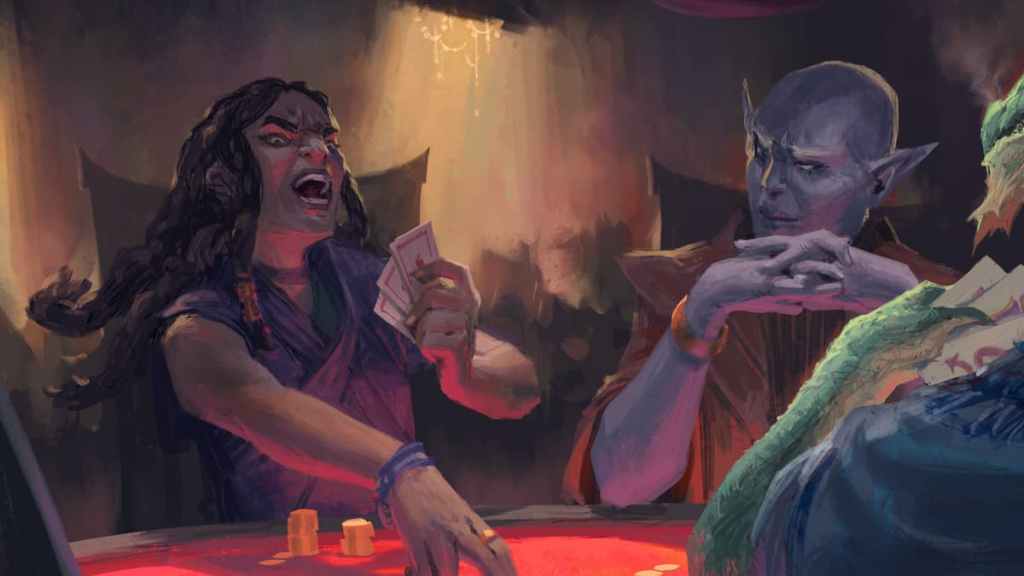
A D&D character can take a smaller, additional action in their turn, which can happen alongside an Action. These are called Bonus Actions, and they’re clearly labeled as such in their description. If the rules of a spell or a special move don’t mention if they’re a Bonus Action, then they’re most likely classed as an Action.
The first thing that should be mentioned out of the gate is that D&D spells have special rules for Bonus Actions! If a spell has a casting time of a Bonus Action, then the only other magic that can be used that turn is a Cantrip. If the character has cast a spell using their Action, then they cannot cast a Bonus Action spell in the same turn.
Here are a few of the more common uses of Bonus Actions during the average game.
- Rogues get Cunning Action at level 2. This lets them use their Bonus Action to perform the Dash, Disengage, or Hide actions. Under normal circumstances, these would take an Action to perform. This allows the Rogue to quickly zip in and out of combat and use the shadows to their advantage.
- Hitting with a second attack when using two weapons requires a Bonus Action. This only occurs if the character is using two weapons with the Light property, and it prevents them from using their relevant ability modifier (usually Strength or Dexterity) to the second attack’s damage.
- Clerics casting Healing Word plus a Cantrip, as this is a Bonus Action spell that heals, can be used from a distance and allows the caster to use something like Sacred Flame in the same turn.
- Warlocks casting Hex followed by Eldritch Blast is one of the most effective low-level combos in the game. It’s so effective that One D&D Warlocks gain those spells for free. This combo allows the Warlock to curse the enemy, and if they hit with the Eldritch Blast Cantrip, they’ll deal extra damage from Hex.
- Any Paladin spell with Smite in its name uses a Bonus Action, as it can be activated when the weapon strikes an opponent, all as part of the same combination of actions.
- A Barbarian’s Rage requires a Bonus Action to activate, and it takes a Bonus Action to end on a later round.
DnD: What Is A Reaction?
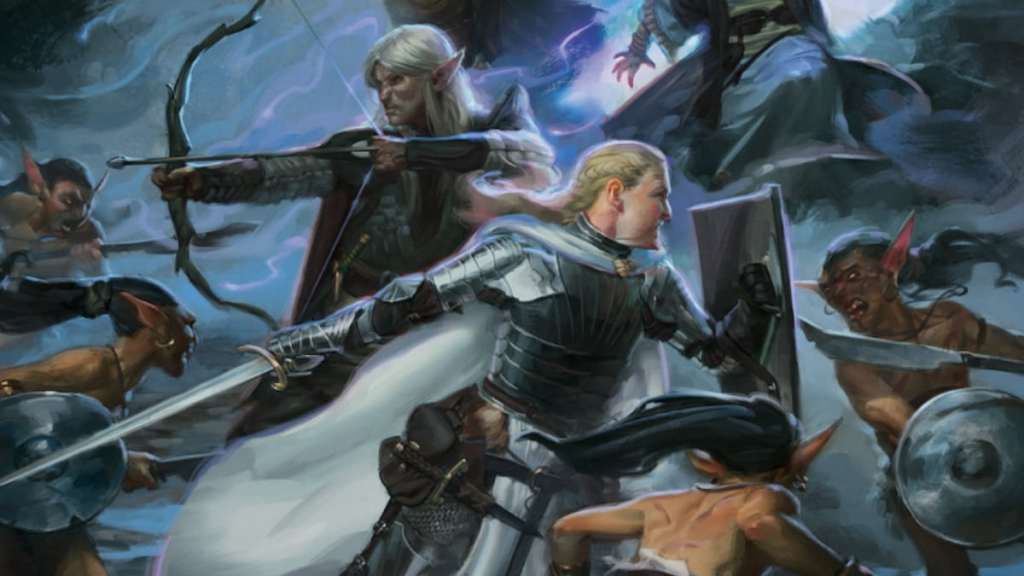
Your character can take one Reaction during each of their turns. This kind of action happens as a direct response to something the opponent does, and it usually happens on their turn. There are some rare instances where a Reaction can happen on your turn, and the rules allow for multiple instances to happen as part of one big chain action. Once the Reaction happens, it interrupts whatever the opponent is doing, and they’ll continue their original action if they can afterward.
The most common type of Reaction is the Attack of Opportunity. This gives the character a free attack if an opponent moves out of their melee range by more than 5ft. It’s possible to circumvent this by moving around the enemy and staying within 5ft or using the Disengage Action, which allows the character to move without provoking an Attack of Opportunity.
A tiefling player can use their Reaction to cast Hellish Rebuke, which is another common use of Reactions. This allows the tiefling to counter an enemy attack with a blast of hellfire and is extremely useful in melee combat. The other common use of Reaction is the Counterspell spell, as this allows a caster to prevent an opponent’s magic from working. Bear in mind that it’s possible to counter Counterspell with a Counterspell, assuming both casters have Reactions, so your response can be shut down, and the enemy can continue their incantation.
Related: Dungeons & Dragons: Starting Tips For New Players
In most D&D combat encounters, players will be moving, performing an Action, and taking a Bonus Action, so knowing what your character is capable of in one round is vital to succeeding in battle. If the party faces a formidable opponent, you need to make the most of D&D’s action economy and grind them down with as many moves as possible.

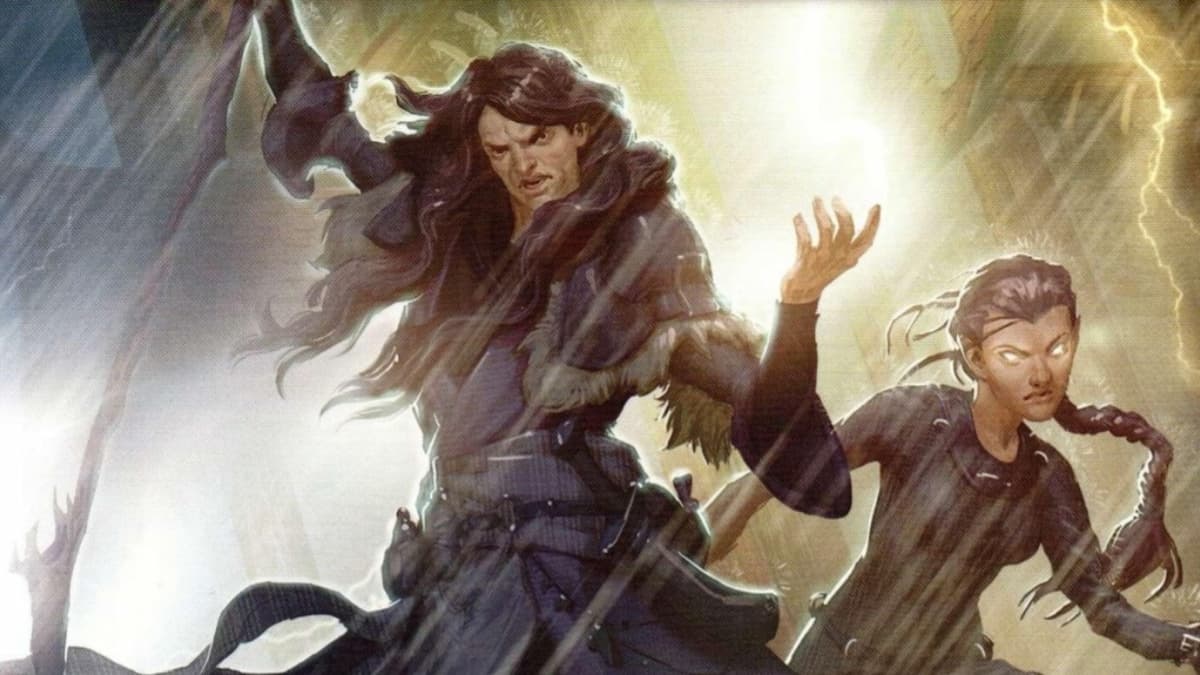

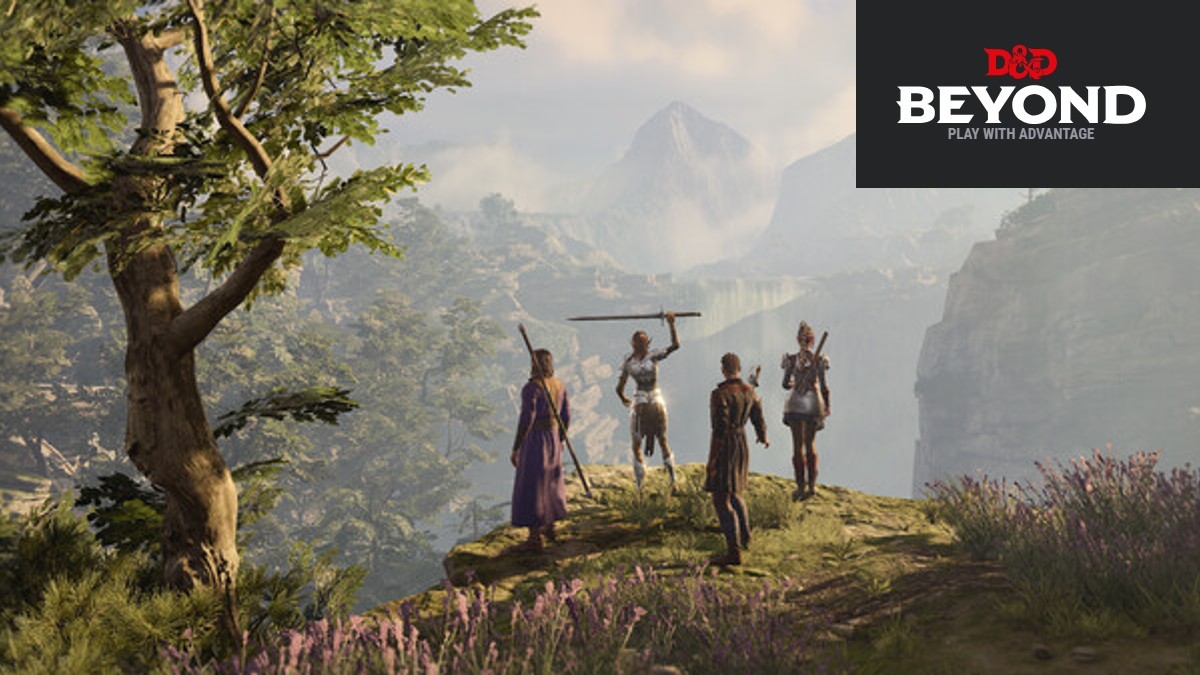
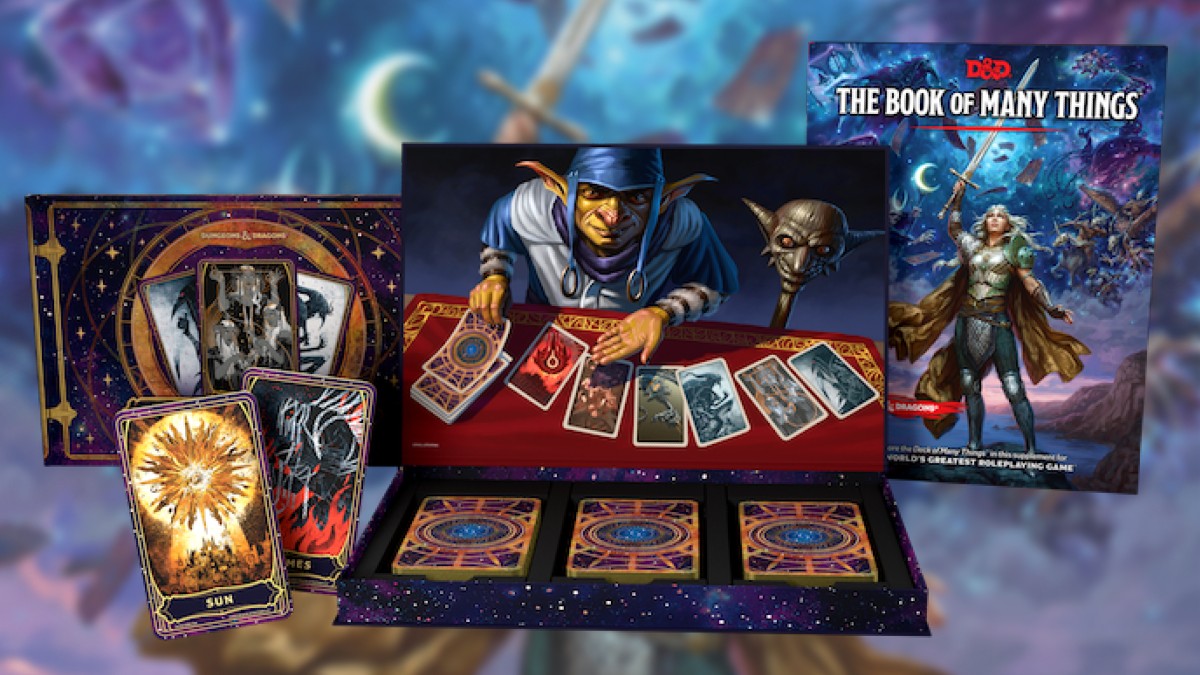
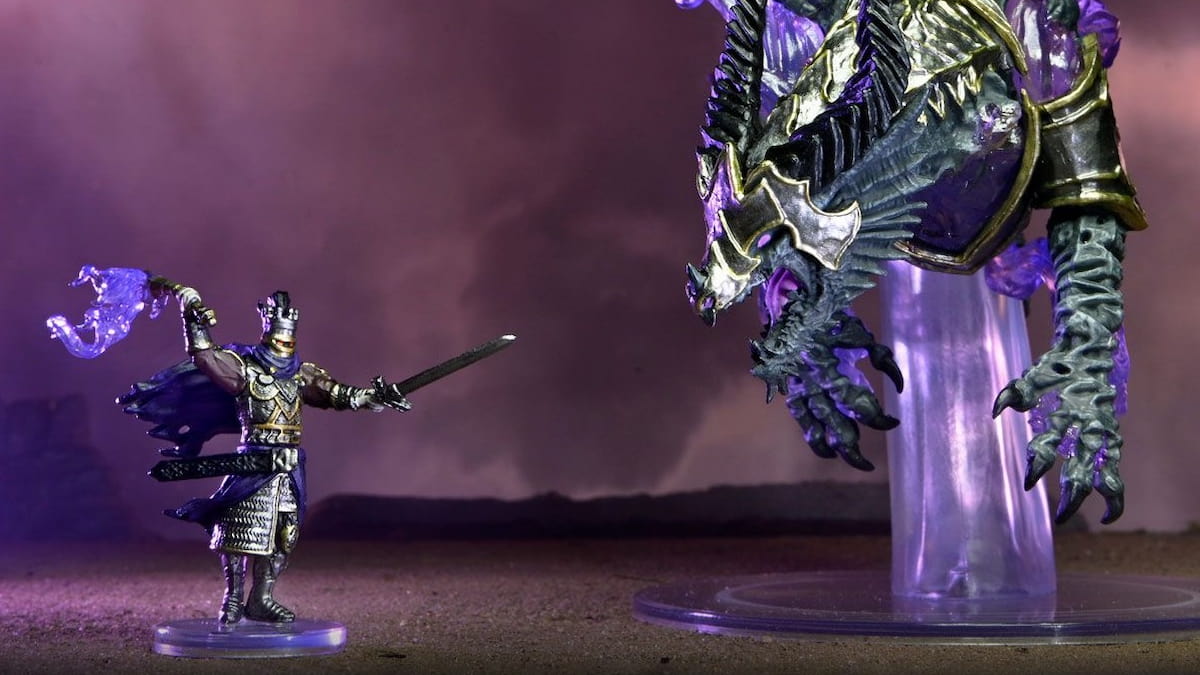
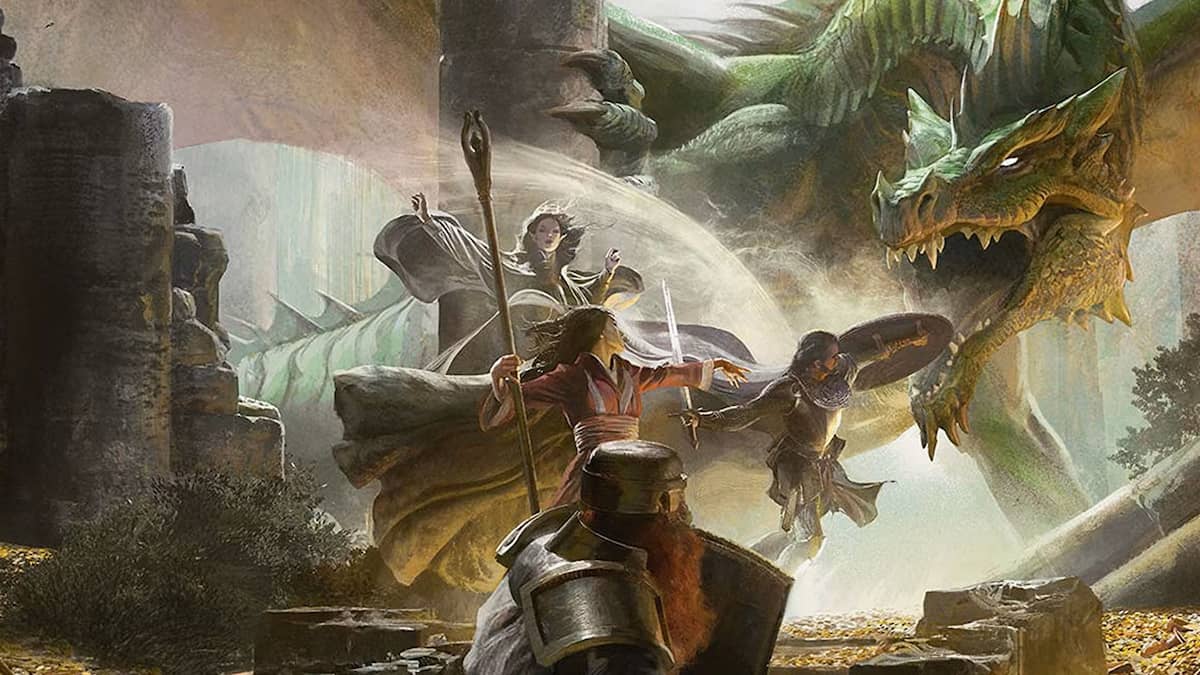
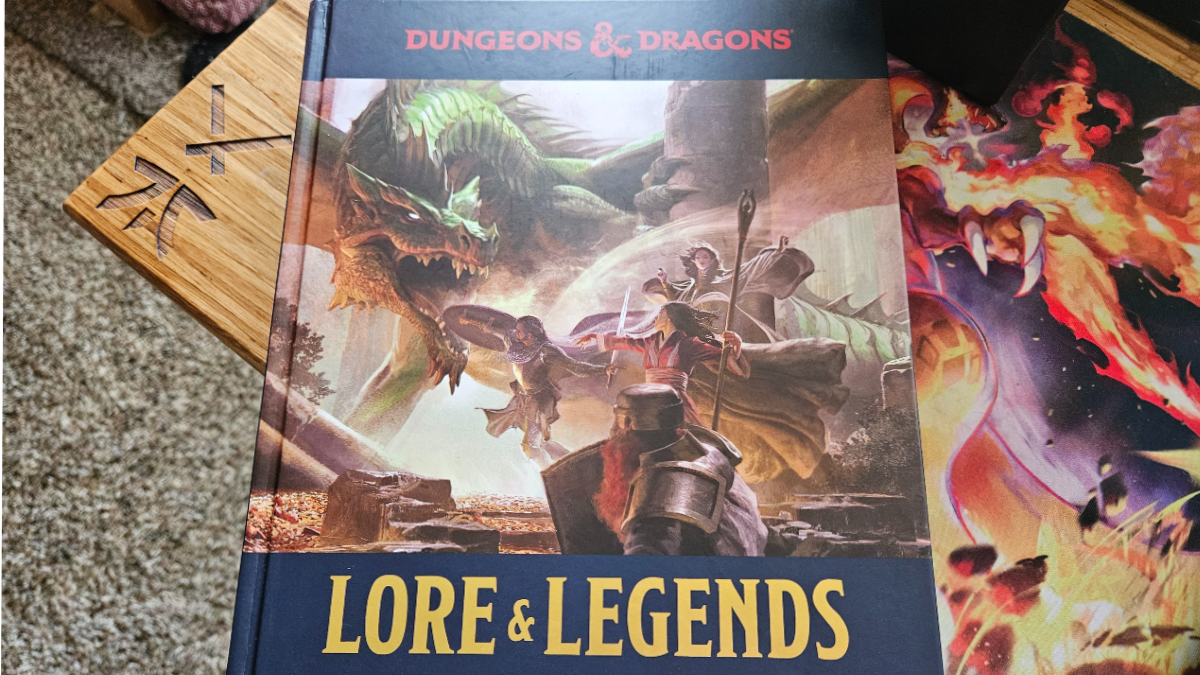
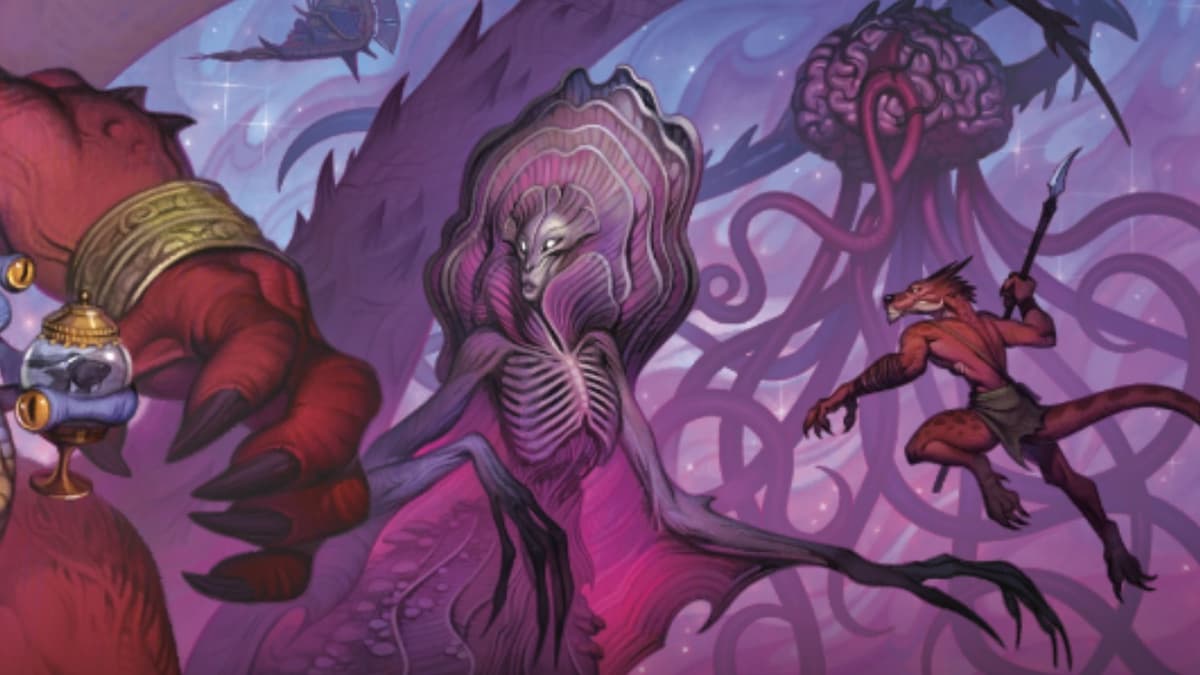
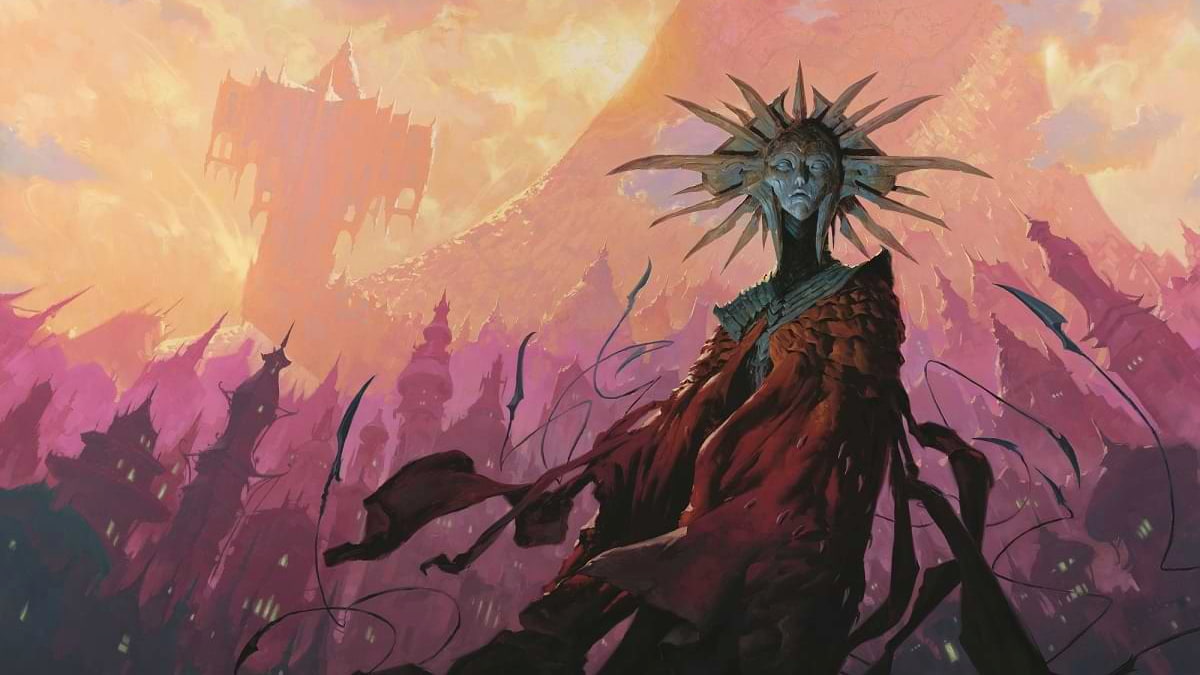
Published: May 6, 2023 10:22 am